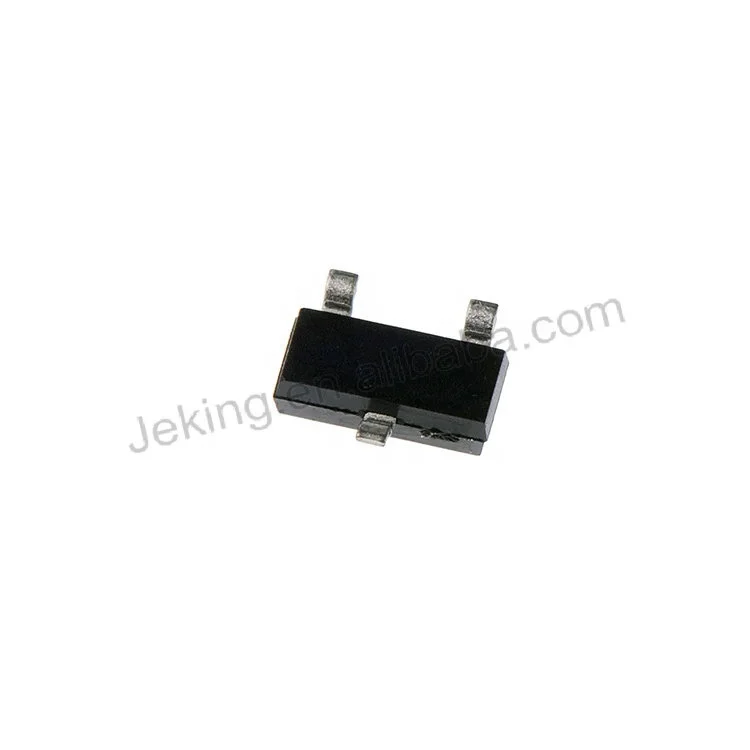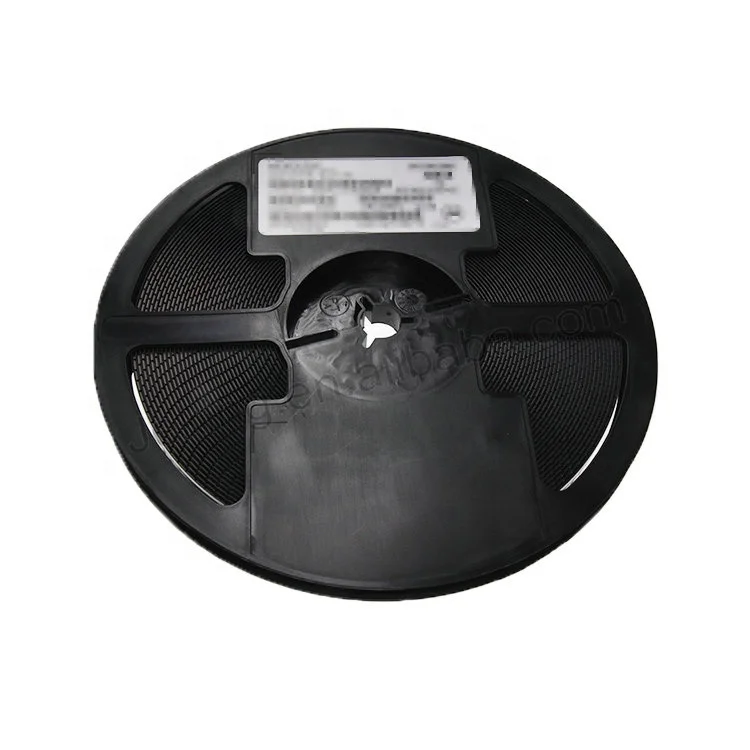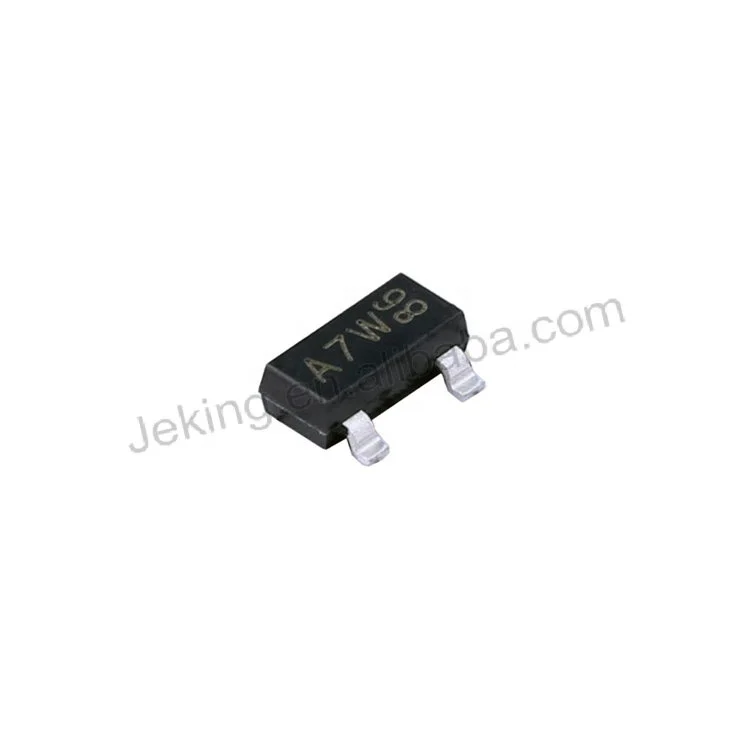
Switching diodes are pivotal in fast signal paths due to their ability to toggle between conducting and non-conducting states rapidly. Operating as fast electronic switches, these diodes activate when forward biased and inhibit current flow when reverse biased. Their design features, including low capacitance and short recovery times, facilitate rapid responses to voltage changes, essential for maintaining signal integrity. The low forward voltage drop and minimal reverse leakage current of switching diodes further enhance their reliability in managing high-speed digital and analogue signal paths. Their role becomes even more crucial in digital circuits and high-frequency signal processing applications where fast switching speeds are vital for preserving effective signal paths and ensuring precise data transmission.
The reverse recovery time of a switching diode is a critical parameter that influences circuit performance, especially in high-frequency applications. This is the time taken for the diode to cease conducting after the reverse voltage is applied. A longer reverse recovery time can result in increased signal distortion and electromagnetic interference (EMI), negatively affecting PCB circuit board performance. For instance, in advanced integrated circuits, even a slight delay in switching can cause signal overlap, leading to erroneous signals and compromised circuit functions. Thus, selecting components with adequate reverse recovery times becomes vital in designing efficient circuit boards, emphasizing the need for precise component selection in intricate circuit designs.
Switching diodes play a pivotal role in clock distribution networks within integrated circuits, profoundly affecting signal timing and synchronization. In high-speed environments, maintaining the integrity of the clock signals is crucial, and switching diodes help mitigate signal distortion and timing errors. These diodes address challenges such as skew and jitter that can arise due to varying signal paths. For instance, in high-performance integrated circuits like those used in telecommunications and advanced computing, precise clock distribution is essential to ensure synchronous operations across different circuit domains. By leveraging the fast switching capabilities of diodes, these circuits achieve improved clock signal integrity and optimal performance.
Digital pulse shaping is a fundamental process used to enhance precision timing in digital circuits. The implementation of switching diodes in these circuits can significantly improve signal rise and fall times, which are critical in minimizing timing errors. Engineers often deploy switching diodes in pulse-shaping circuits to achieve clean signal transitions, thereby enhancing the overall reliability of digital systems. Techniques such as using series and parallel configurations of diodes can be employed to fine-tune the pulse characteristics. Standard practices also involve choosing diodes with the appropriate characteristics to match the specific requirements of the application, ensuring that precision timing is maintained without signal degradation.
Electromagnetic interference (EMI) poses significant challenges in high-frequency PCB assemblies, as it can greatly affect signal integrity. One effective way to suppress EMI is through the strategic use of switching diodes. By incorporating these diodes into circuit designs, engineers can limit the propagation of unwanted high-frequency signals, thereby protecting sensitive components. Successful EMI mitigation strategies often involve selecting diodes with minimal leakage currents and fast switching capabilities, as demonstrated in several technical papers. These studies highlight how employing appropriate switching diodes can dramatically reduce EMI in high-speed circuits, ensuring cleaner and more stable signal transmission.
The BAS116-7-F switching diode stands out with its SOT-523 package, uniquely suited for space-constrained designs. Its compact size plays a transformative role in applications where minimizing space is critical, such as in mobile devices and wearable technology. The diode's key specifications, like its peak reverse voltage of 85 V and a maximum surge current of 4 A, make it ideal for high-speed applications. These attributes ensure efficient performance in compact layouts, aligning with the needs of modern electronic devices.

The BAV70215 diode, with its dual diode configuration in an SOT-23-3 package, significantly reduces component counts in circuit designs. This feature is particularly beneficial in digital applications and integrated circuits where minimizing space and enhancing performance are critical. Specifications like its working temperature range from -40 to +85°C and its robust dual configuration make it reliable for diverse applications, ensuring efficiency and effectiveness.

Designed for high-density surface mount applications, the BAV170215 diode excels in modern PCB assemblies. Its specifications meet the demands of high-speed switching applications, ensuring superior performance metrics. The diode finds its applications across consumer electronics and other industries that require compact yet efficient solutions. This diode allows for substantial miniaturization benefits while maintaining performance, ideal for advancing technologies and intricate designs.

The BAV99215 diode is adept at managing thermal conditions, thanks to its TO-236AB-3 packaging, which is essential for high-power applications. Its thermal characteristics offer enhanced reliability and longevity in demanding circuit designs, such as those used in automotive electronics and industrial devices. Effective thermal management ensures that the diode maintains functionality even under rigorous conditions, supporting consistent operation in vital systems.

Choosing components for high-speed systems involves careful consideration of the trade-offs between forward voltage drop and switching speed. Switching diodes often have a lower forward voltage, reducing power loss and enhancing efficiency. However, higher switching speed can sometimes be achieved at the cost of increased voltage drop, potentially impacting circuit performance. For instance, in automotive applications where rapid signal processing is critical, selecting diodes with optimal balance is essential. Industry experts, including those in PCB circuit board manufacturing, emphasize that making informed trade-offs is vital to maintaining system efficiency and reliability in high-speed environments. This evaluation ensures the diode fits precisely into demanding applications without compromising on performance.
When integrating switching diodes into PCBs alongside modern integrated circuits, layout considerations significantly impact performance. Optimal PCB design involves meticulous attention to factors such as signal integrity, spacing, and trace width. Signal integrity can be compromised if layout designs do not accommodate these factors, leading to reduced device performance. Utilizing best practices in PCB design, such as ensuring adequate spacing and minimizing trace width variations, can mitigate these risks. As integrated circuit suppliers innovate, these considerations become more crucial, ensuring consistent operation and avoiding signal losses which are critical in high-speed applications where precision is key.
In the quest for manufacturing efficiency, selecting switching diodes compatible with automated assembly processes is increasingly crucial. Compatibility affects both assembly yield and overall production efficiency and is often influenced by packaging types; components like printed circuit board assemblies are frequently optimized for automation with packaging that enhances machine-handling characteristics. With industrial trends gravitating towards automation, choosing diodes that align with these processes can streamline production and reduce errors. This compatibility not only ensures higher yields but also leverages advancements in automation technologies for cost-effective and efficient component integration.